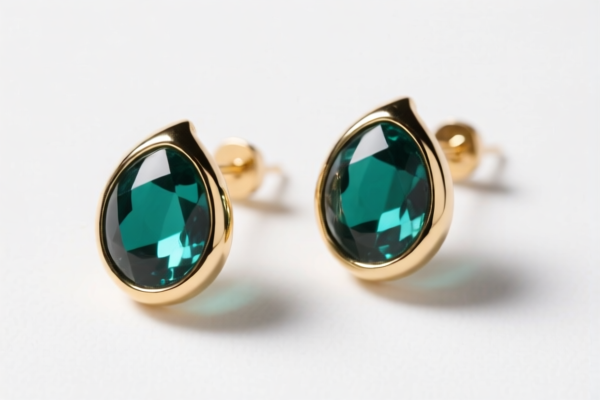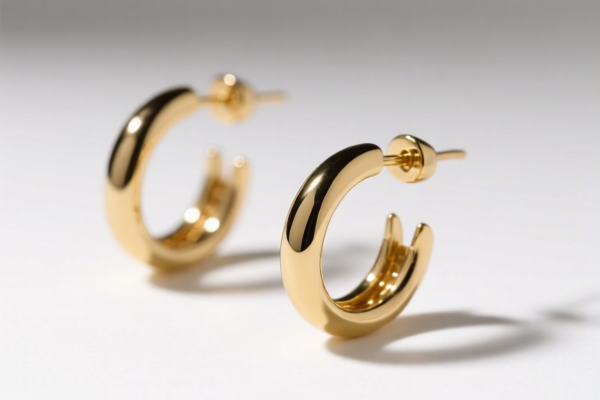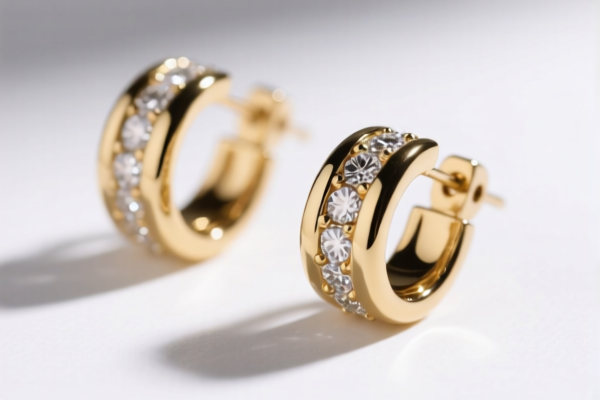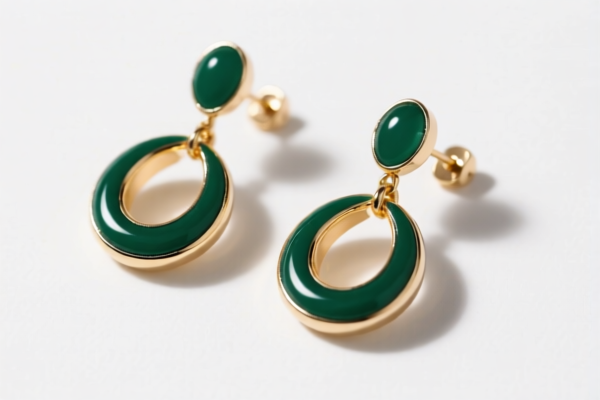| HS Code | Official Doc | Tariff Rate | Origin | Destination | Effective Date |
|---|---|---|---|---|---|
| 7116200500 | Doc | 33.3% | CN | US | 2025-05-12 |
| 7116201500 | Doc | 44.0% | CN | US | 2025-05-12 |
| 7117110000 | Doc | 45.5% | CN | US | 2025-05-12 |
| 7117904500 | Doc | 30.0% | CN | US | 2025-05-12 |
| 9503000090 | Doc | 30.0% | CN | US | 2025-05-12 |
| 9503000071 | Doc | 30.0% | CN | US | 2025-05-12 |




Rainbow Earrings
Rainbow earrings are jewelry pieces designed for the ears, characterized by the incorporation of colors mirroring the spectrum of a rainbow. They encompass a wide variety of styles, materials, and construction methods.
Materials
- Metal: Common base metals include sterling silver, gold (yellow, white, rose), stainless steel, and alloy. The metal provides the structural foundation and often serves as a setting for gemstones or other decorative elements.
- Gemstones: A primary component in many rainbow earrings. Frequently used stones include:
- Cubic Zirconia: A synthetic gemstone offering a brilliant, diamond-like appearance in various colors.
- Crystal: Often Swarovski crystals, known for their clarity and precision cut, allowing for vibrant color refraction.
- Opal: Natural or lab-created opals exhibit a play of color, contributing to the rainbow effect.
- Other Gemstones: Amethyst (purple), ruby (red), citrine (yellow), emerald (green), sapphire (blue), and peridot (green) are used individually or in combination.
- Enamel: Colored enamel can be applied to metal surfaces to create rainbow patterns.
- Acrylic/Resin: Lightweight and versatile materials often used for colorful, statement earrings.
- Glass: Art glass or dichroic glass can provide iridescent rainbow effects.
Purpose & Aesthetics
- Fashion Accessory: Primarily worn as a decorative element to complement an outfit or express personal style.
- Symbolism: Rainbows often represent hope, diversity, inclusivity (particularly within the LGBTQ+ community), and joy. Earrings incorporating rainbow colors can reflect these associations.
- Statement Piece: Larger, more elaborate designs are used to draw attention and create a bold look.
- Subtle Accent: Smaller, delicate earrings offer a more understated rainbow touch.
Function
- Adornment: The primary function is to decorate the ears.
- Securing Mechanisms: Various closure types are used to keep the earrings in place:
- Post/Stud: A post inserted through the earlobe, secured with a backing.
- Hook: A curved wire that slides through the earlobe.
- Leverback: A hinged closure that snaps shut, providing a secure fit.
- Clip-on: For non-pierced ears, utilizing a spring mechanism to grip the earlobe.
Usage Scenarios
- Everyday Wear: Smaller, lightweight designs are suitable for daily use.
- Special Occasions: Larger, more elaborate earrings are worn for parties, weddings, or other events.
- Pride Events: Rainbow earrings are frequently worn to show support for the LGBTQ+ community during Pride Month and other events.
- Festivals & Concerts: Bold, colorful designs complement vibrant festival attire.
Common Types
- Stud Earrings: Small, discrete earrings with a post and backing. Rainbow colors can be achieved through individual gemstone settings or enamel detailing.
- Drop Earrings: Earrings that hang below the earlobe. Rainbow colors are often displayed through a gradient of gemstones or beads.
- Hoop Earrings: Circular earrings. Rainbow colors can be incorporated along the entire hoop or in sections.
- Dangle Earrings: Similar to drop earrings but with more movement. Often feature multiple gemstones or charms.
- Chandelier Earrings: Elaborate designs with multiple tiers of gemstones or beads, resembling a chandelier.
- Linear/Threader Earrings: A chain or line of gemstones that threads through the earlobe.
- Clip-on Earrings: Designed for those without pierced ears, utilizing a clip mechanism to secure the earring.
Rainbow earrings fall under articles of jewelry, potentially composed of natural or cultured pearls, precious or semiprecious stones, or imitation materials. Here's a breakdown of relevant HS codes based on the provided information:
- 7116200500: This code covers articles of natural or cultured pearls, precious or semiprecious stones (natural, synthetic or reconstructed) – specifically, articles of jewelry valued not over $40 per piece. If the rainbow earrings are made with genuine pearls or gemstones and each earring (or a set considered as one piece) is valued at $40 or less, this HS code applies. The total tax rate is 33.3% (3.3% base tariff + 0.0% additional tariff, increasing to 30% additional tariff after April 2, 2025).
- 7116201500: This code also covers articles of natural or cultured pearls, precious or semiprecious stones (natural, synthetic or reconstructed) – specifically, articles of jewelry, but categorized as "Other". This would apply if the earrings are made with genuine pearls or gemstones and are valued over $40 per piece, or if the classification requires further specification. The total tax rate is 44.0% (6.5% base tariff + 7.5% additional tariff, increasing to 30% additional tariff after April 2, 2025).
- 7117110000: This code covers imitation jewelry of base metal, whether or not plated with precious metal – specifically, cuff links and studs. If the rainbow earrings are made of base metal (like alloy) and are not considered genuine jewelry, this HS code may be applicable. The total tax rate is 45.5% (8.0% base tariff + 7.5% additional tariff, increasing to 30% additional tariff after April 2, 2025).
It is important to determine the material composition and value of the rainbow earrings to select the correct HS code. If the earrings are made of base metal and valued at less than $40 per piece, HS code 7117110000 would be the most appropriate. If they contain genuine gemstones or pearls, the value will determine whether 7116200500 or 7116201500 is correct.
Customer Reviews
No reviews yet.